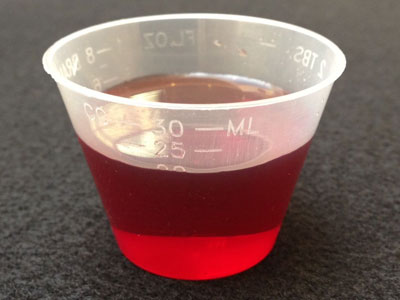Liquid Medicines and Injections
3. What information do I need?


Let's have another look at our basic formula for calculating medication - NHS1.
If you need a reminder of the elements of the formula, please revisit Topic 4 - Tablets and Capsules.
Remember...
N is for Need
Need = the quantity of medication that the patient needs. This is the quantity ordered by the prescriber and may not match the amount of medication in your stock tablets or capsules.
H is for Have
This element of the formula describes the quantity of medication available to you in one tablet or capsule. It is also known as 'on hand'.
Once you have worked out what you Need and what you Have, you can set up the first part of the formula.
S is for Stock
This part of the formula refers to the delivery system for the medication. It is sometimes referred to as 'what it's in'. For example, a liquid medication (e.g. Amoxicillin) may contain 250mg of the drug (what you Have) in 5ml of liquid. In this case, the Stock number would be 5.
An injection ampoule (e.g. Diclofenac) may contain 75mg of a drug in 3ml
ALWAYS REMEMBER THE 1!
It is important always to remember to put the Stock number over 1. For tablets and capsules, this will give you a fraction of 1/1, which may appear unnecessary. However, you need to remember that the Stock numbers will be different for liquids and injections.
Multiplying the Have value by the Stock value, instead of by 1 is a very common error in written drug calculations.
In the next chapter, we will look at some prescriptions for some common liquid medicines and injections, and work through how to set up the formula in each case.